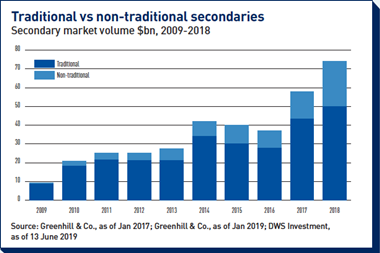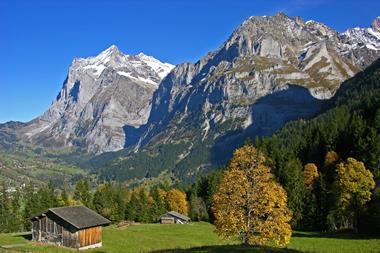Low interest rate environments in many developed nations, alongside increasingly volatile equity markets, are leading pension funds to adapt their investment strategies and increase their allocation to foreign investments, according to a new report by the Association of the Luxembourg Fund Industry (ALFI), produced by PwC Luxembourg.
The report, which examines the growth of pension fund assets, their foreign investment limits, and other key trends, shows that pension fund assets globally are expected to grow at a 5.4% compound annual growth rate (CAGR) between 2018 and 2025, rising from $42.2tn (€38trn) to $61.1trn.
Latin American pension funds are expected to see the strongest CAGR with assets soaring by more than 12% to reach $2.4trn.
Globally, regulations governing pension fund foreign exposure continue to differ drastically. While the majority of countries examined do not set any limits regarding foreign investments, some have set limits for non-OECD or non-EEA countries.
Additionally, others have set limits for specific asset classes. Overall, however, there has been an increase in pension funds’ foreign exposure since 2014, rising from 31% to 34% at the end of 2018, the report showed.
Corinne Lamesch, ALFI chair, said: “Pension fund regulations still differ from one country to the other. In particular, some countries restrict the amount pension funds can allocate to investment funds or foreign investments.
“Consequently, navigating the terrain of complex local requirements can be challenging for asset managers.”
“UCITS remains a key vehicle for many pension funds seeking exposure to worldwide markets”
Corinne Lamesch, ALFI chair
In terms of asset allocation, equity continues to hold the crown, accounting for 38% of total pension assets at the end of 2018.
However growth, in percentage terms, has turned negative – with allocation falling from 60% in 1998.
Alternatives are expected to play an increasingly important role in pension funds’ portfolios as they continue to search for yield, the report disclosed.
In absolute terms, pension fund alternatives assets under management have risen from $9.2trn in 2014 to $11.6trn at the end of 2018.
Oliver Weber, head of asset and wealth management at PwC Luxembourg, said: “In light of the current global investment environment, pension funds, with their ability to weather periods of market instability, are also upping their allocations to alternatives, including notably illiquid assets such as private equity and infrastructure.”
He said pension funds are seeking diversification not just in terms of asset class, but also geography. “They are going beyond their borders in search for growth – either through direct investments or, increasingly, using funds such as AIFs or UCITS.”
Despite the strong growth, alternatives still only account for 5% of Latin American pension fund assets, the lowest of all the regions. North American pension funds hold 31% of their assets in alternatives, followed by Europe (27%) and APAC (8%).
Lamesch said: “UCITS remains a key vehicle for many pension funds seeking exposure to worldwide markets. We expect this trend to continue given the sound regulatory framework, the high level of investor protection and the depth of global capability embedded in the structure.”












No comments yet